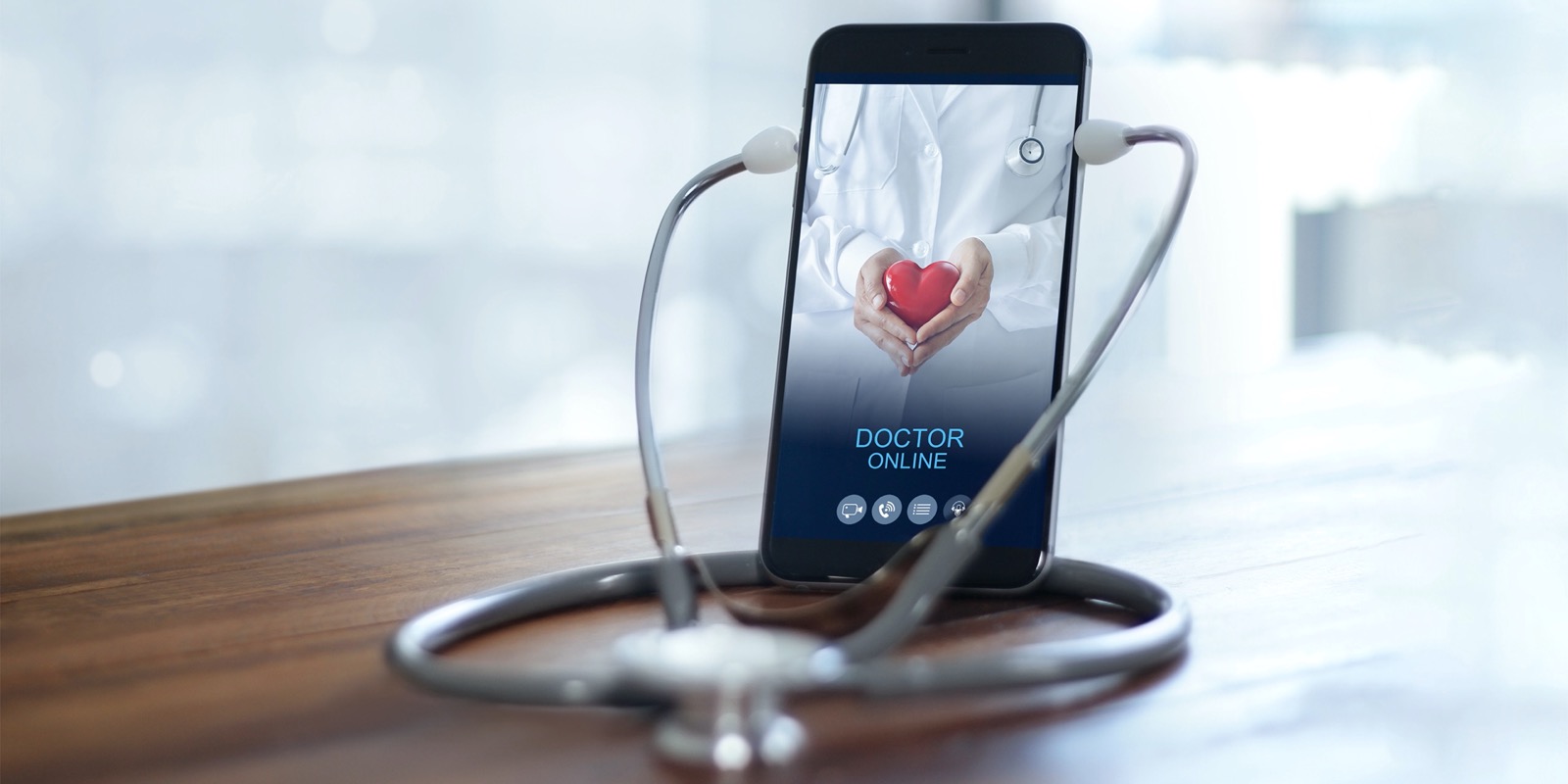While an increasing number of family physicians and private health networks offer online consultations, it’s helpful to better understand telemedicine, the opportunities it creates and its limitations.
During the state of emergency imposed by the COVID-19 pandemic, health services prioritized medical care for infected patients, in addition to managing emergency cases belonging to all branches of medicine.
However, by transforming health units for the chronically ill into COVID units and by overcrowding family medicine practices with suspicious cases, it’s understandable that many patients suffering chronic diseases could not be evaluated, minor emergencies were postponed and, for some diseases, the diagnosis was delayed.
In addition, many people’s fear of contracting COVID kept them from seeking medical care due to potential risk of infection or the false idea that patients wouldn’t be evaluated (although state ordinances clearly stipulated the obligation of emergency services to evaluate patients and ensure the treatment of serious conditions).
This is the foundation for a series of measures that have been implemented in many countries to facilitate the resolution of medical situations with a minimum of patient-doctor contact, including electronic prescriptions and doctors working online to conduct consultations and issue medical leave documents.
What does telemedicine entail?
It involves remote medical services for diagnosis, monitoring, treatment, with the secure transmission of medical data and information.
Types of telemedicine:
- 24/7 call center access to information related to COVID-19;
- telephone medical consultations with the family physician, with transmission of prescriptions and medical leave;
- medical advice through phone, e-mail or video consultation;
- remote interpretation of radiological scans (teleradiology).
What are the benefits of telemedicine?
- it facilitates access to medical services for people who are difficult to move, isolated or in areas with few doctors specializing in a particular field;
- it allows preferential contact of a doctor at a great distance;
- it reduces the number of doctor visits and hospitalizations;
- it reduces the number of patients in hospital units;
- it shortens waiting lists, facilitating rapid diagnosis;
- it avoids interpersonal contact and possible contamination (for example, with the virus that causes COVID-19).
What are the limitations of telemedicine?
- technical connection problems, especially in the elderly;
- financial reasons preventing access to online consultations;
- issues related to the level of trust in a modern method, including those related to the protection of personal data;
- issues related to legal framework and regulatory rules — such as defining clear malpractice criteria);
- limits related to the diagnosis of a disease — the doctor-patient interaction involves, in addition to the patient’s case history, a clinical examination sometimes impossible to perform remotely.
Future of telemedicine
The COVID-19 pandemic has shown us how easily we can be thrown out of a state of normalcy in terms of access to many services, including medicine. That’s why it’s necessary to regulate the field with clear methodological norms in order to ensure credibility. It’s also necessary to include several online consultations in the list of services reimbursed by state health insurance, not only those related to family medicine. An online service also requires a secure and centralized database, so access to the patient’s medical records are within reach of the doctor. Telemedicine will gain ground when a patient’s parameter monitoring devices are widely available at home, with the possibility of transmitting data to the doctor — such as a smartwatch with pulse monitoring, sleep apnea syndrome detection or EKG monitoring).
Keep in mind that telemedicine will not be the only form of medicine of the future, because it can’t replace the detailed examination of the patient, but could still serve as an effective vehicle for preliminary consultations.
How should I prepare for the online consultation?
Doctor visits are usually limited to 20-30 minutes, so it’s important to make a list of the symptoms you have, taking into account the time they occur, their nature (permanent or migratory), and circumstances that aggravate or improve them.
Since the doctor cannot perform a full body examination, we can take pictures of the parts of the body with signs such as a rash, wound or an area with edema. If we suffer from other medically documented diseases, it is good to photograph the documents we have and send them to the doctor before the consultation. In order to get the most out of the consultation, I highly recommend a quiet place and a stable internet connection.
We’re moving into a new era where telemedicine may become standard for many things. I wish you well as you partner with your physician for your continued care and healthful living.
Bogdan Popa, MD, is an Internal Medicine and Gastroenterology Medical Specialist.



















